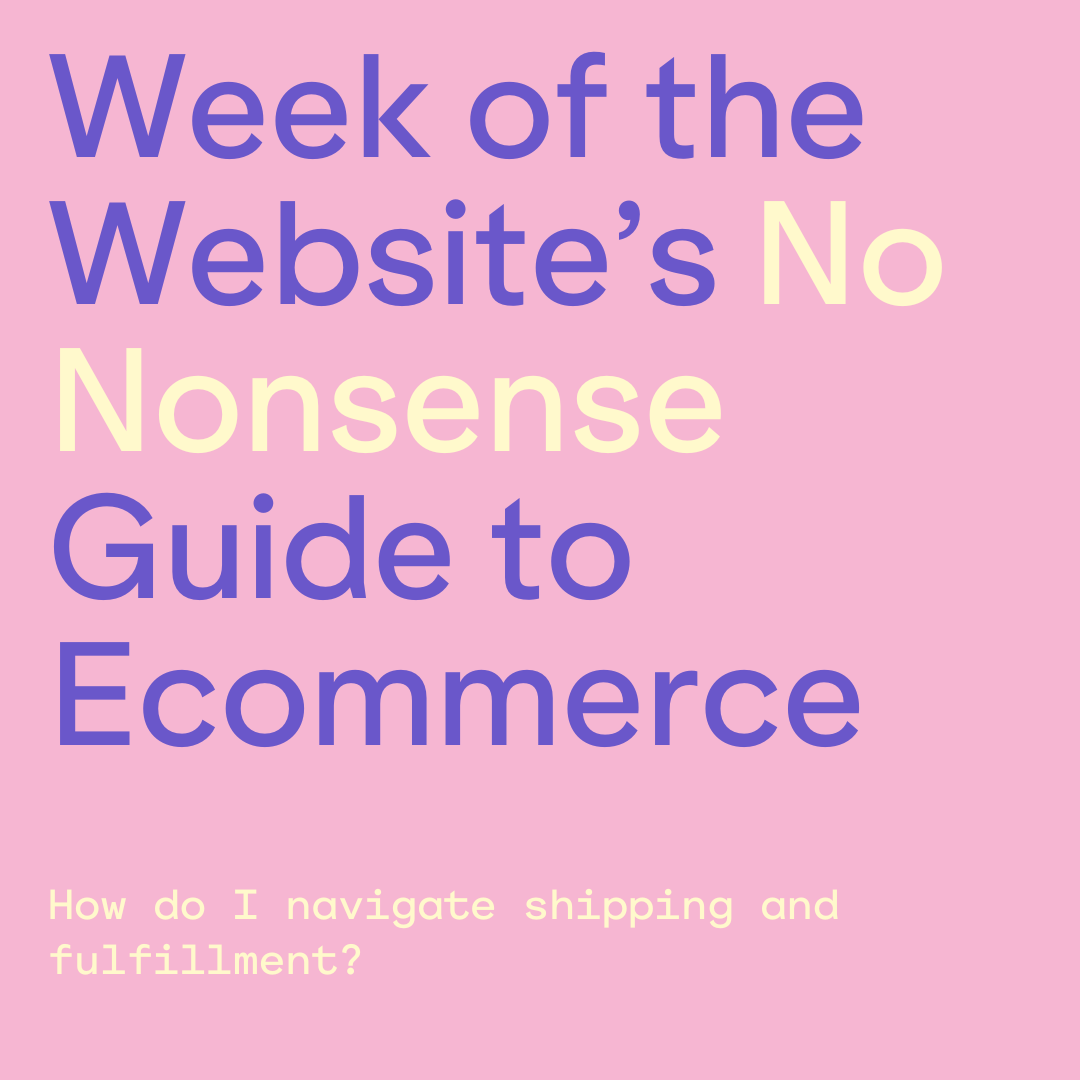How do I navigate shipping and fulfillment?
Getting products to your customers efficiently and cost-effectively is one of the biggest challenges for any online store owner. Let's break down how different e-commerce platforms handle shipping and fulfillment, so you can choose the best solution for your business.
Shopify: The All-in-One Solution
Shopify really shines when it comes to shipping and fulfillment. Think of it as having your own shipping department built right into your store. Here's what makes it special:
The star of the show is Shopify Shipping, which offers some seriously impressive discounts:
Up to 88% off standard shipping rates
Partnerships with major carriers like USPS, UPS, and DHL Express
Available right out of the box, no extra setup needed
But it gets better. Shopify also offers:
Real-time shipping calculations that show your customers accurate rates
A network of fulfillment centers (perfect if you're growing fast)
Built-in label printing (no more copy-pasting addresses!)
Automated tracking updates that keep your customers in the loop
And if you're interested in dropshipping? Shopify's got you covered with Oberlo and other supplier integrations.
WooCommerce: Flexible but Needs Some Setup
WooCommerce takes a different approach. Think of it as a build-your-own-adventure for shipping. Here's what you get:
WooCommerce Shipping (US only) provides:
USPS integration with discounted rates
Basic shipping label printing
But the real power comes from extensions. You can add:
ShipStation for comprehensive shipping management
ShippingEasy for automation
Shippo for more carrier options
The platform also offers:
Flexible shipping rules you can customize
Multiple shipping zones for international selling
Various label printing options through extensions
Squarespace: Simple but Effective
Squarespace keeps things streamlined with a more basic but functional approach:
Built-in integration with USPS, UPS, and FedEx
Real-time carrier rates that update automatically
Shipping rules based on weight or price
Label printing capabilities
Basic inventory tracking
While it doesn't have a built-in fulfillment network or extensive dropshipping options, it handles the essentials well.
Choosing the Right Solution for Your Business
So, how do you pick the right platform for your shipping needs? Here are some questions to consider:
For New Store Owners:
Do you want everything handled in one place? Consider Shopify.
Are you comfortable setting up integrations? WooCommerce might work for you.
Need something simple to start? Squarespace could be your answer.
For Growing Businesses:
Planning to ship internationally? Look at Shopify or WooCommerce.
Need automation? Shopify's built-in features or WooCommerce with extensions.
Want fulfillment center integration? Shopify's network is hard to beat.
For Established Stores:
Need complete control? WooCommerce's flexibility shines here.
Want the best shipping rates? Shopify's discounts are impressive.
Need sophisticated automation? Consider Shopify or WooCommerce with extensions.
Pro Tips for Any Platform
No matter which platform you choose, here are some shipping best practices:
Start Simple
Begin with basic shipping options
Add complexity as you learn what your customers need
Test different shipping rules before going live
Know Your Numbers
Calculate your actual shipping costs
Factor in packaging materials
Consider handling time in your shipping estimates
Be Transparent
Clearly communicate shipping costs
Provide realistic delivery estimates
Keep customers updated on shipping status
Plan for Growth
Choose a solution that can scale with you
Consider international shipping early
Look into automation options before you need them
The Bottom Line
Each platform has its strengths:
Shopify offers the most comprehensive built-in features
WooCommerce provides the most flexibility (with some setup required)
Squarespace keeps things simple and functional
Remember, the "best" solution is the one that matches your business needs and technical comfort level. Start with the basics, and you can always expand your shipping capabilities as your business grows.

